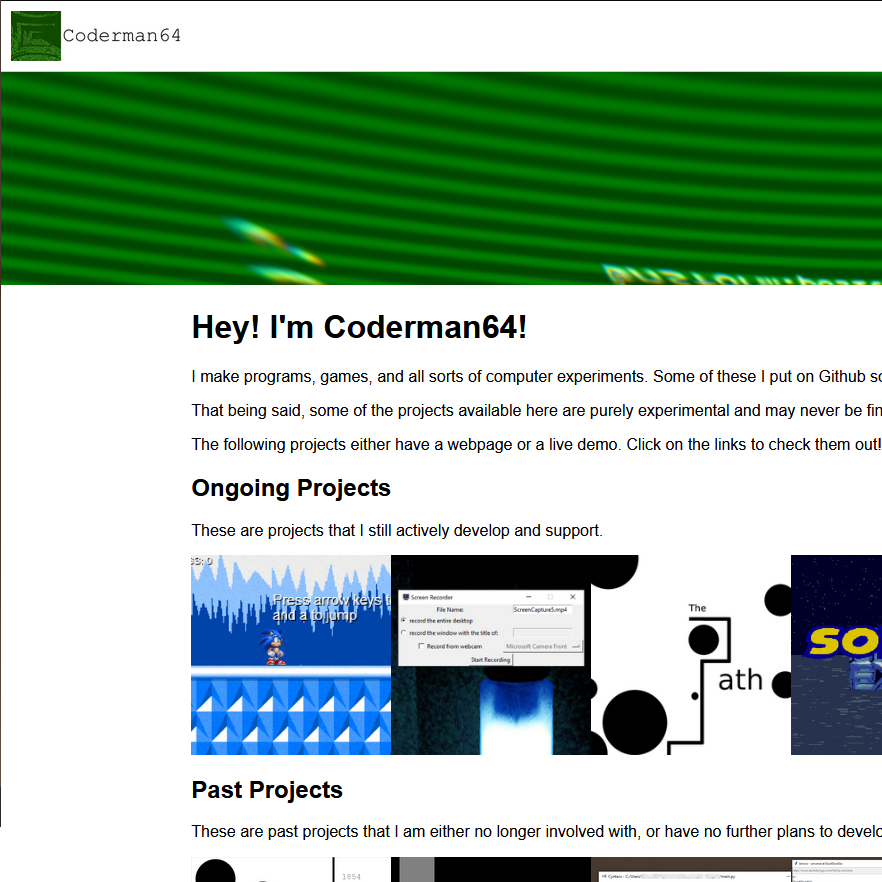
- PYTHON FFMPEG RECORD SCREEN FOR WINDOWS 10
- PYTHON FFMPEG RECORD SCREEN WINDOWS 10
- PYTHON FFMPEG RECORD SCREEN PC
Second, user K7AAY reports that you can simply drop the FFmpeg executables in C:\Windows\System32 and run them from there without having to define the path variable because that path is already defined. This uses cmd to do all the gui steps listed above.

However, you can accidentally mess up important things if you're not careful.įirst, if you open cmd with administrator privileges, you can run setx /m PATH "C:\ffmpeg\bin %PATH%", and change C:\ffmpeg\bin to your path to FFmpeg. I've not tried these myself, but they probably work, and they're easy to do. If it still does not work double check to make sure each step was followed to completion.) Alternative installation methods Alternatively, you can use windows powershell instead of cmd. (If you are still having issues with Command Prompt not recognizing FFmpeg try running CMD as an admin. The Command Prompt will now recognize FFmpeg commands and will attempt to run them. Just to be sure, reboot your computer before trying any commands.įFmpeg is now "installed".
PYTHON FFMPEG RECORD SCREEN WINDOWS 10
In Windows 10 click New then paste the path to the folder that you created earlier where ffmpeg.exe is saved.
PYTHON FFMPEG RECORD SCREEN FOR WINDOWS 10
The "Edit environment variable" window looks different for Windows 10 and 7.In the Environment Variables window, click the "Path" row under the "Variable" column, then click Edit.

PYTHON FFMPEG RECORD SCREEN PC
First, right click This PC (Windows 10) or Computer (Windows 7) then click Properties > Advanced System Settings > Advanced tab > Environment Variables.



 0 kommentar(er)
0 kommentar(er)
